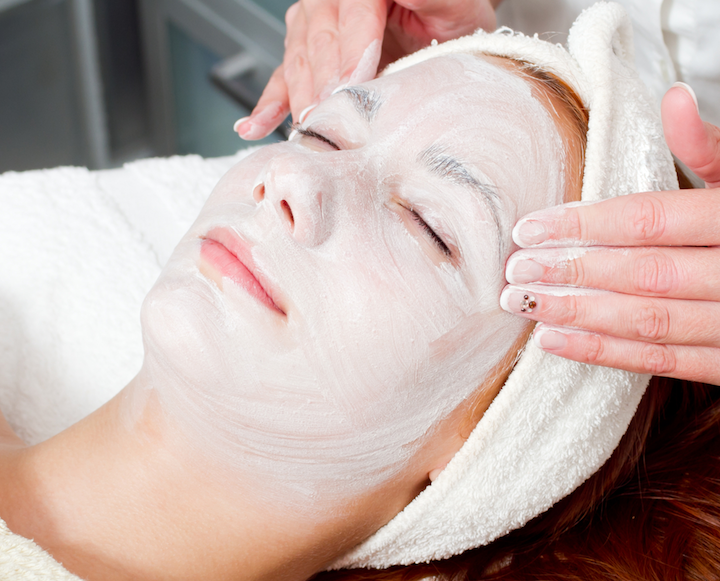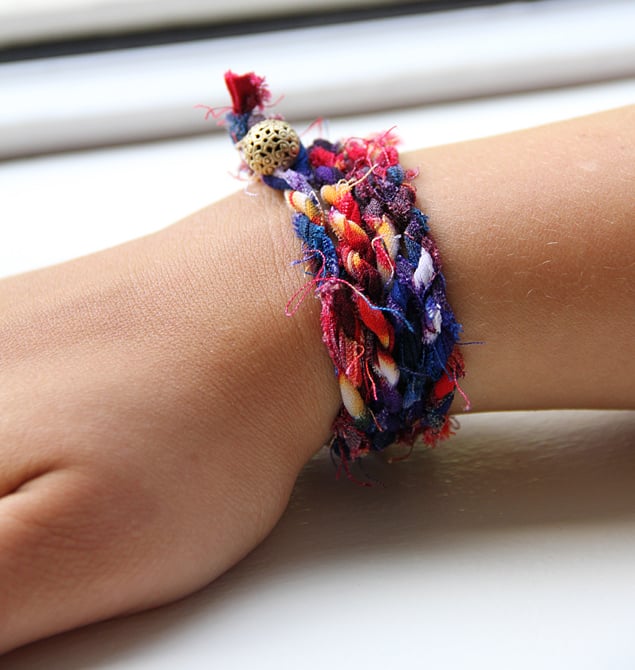Just when we thought we’d seen a glimpse of spring, gloomy weeks like this one remind us the weather isn’t going to cooperate for a little while longer. And while that means more mileage out of our favorite cozy knits and cute snow-proof accessories, it also means more damage to our skin.
Winter cold is one of the harshest elements on the skin, says Dr. Michelle Rivera, a dermatologist at Arlington Skin. As humidity drops, it becomes harder for skin to hold in moisture, breaking our body’s most powerful barrier against dryness and skin diseases. But just because spring doesn’t want to show its face yet, it doesn’t mean yours has to suffer. Read on for Dr. Rivera’s tips for keeping your skin soft, clear, and hydrated in the cold—and for a glowy touch, try topping off your routine with one of our favorite highlighters.
1) Cut back on strong products.
“During the wintertime it is important to cut back on Retin-A anti-aging products—use them less often or at a lower concentration. Sometimes I tell patients to dilute the medicine with a bland moisturizer such as Cetaphil. It’s important to cut back on skin exfoliation. Both of these treatments strip the dead skin cell layer, thereby compromising the skin barrier more. Look for products that contain ceramides, hyaluronic acid, glycerin, and dimethicone, which are molecules that attract and hold water in the skin. This helps restore the barrier. In general you should avoid 24-hour lipsticks, as these dry out the lips.”
Try: Neutrogena revitalizing lip balm ($6.99 at Target) and Cetaphil daily facial moisturizer ($13.49 at Ulta).
2) Stash some hand cream in your purse.
“Especially for people who wash their hands a lot, make sure to moisturize afterward every time. If the skin dries out and cracks develop, germs can easily get in, causing infections. Aveeno’s healing ointment work great for hands—it is not greasy, so it can be applied three or four times per day. It does a great job preventing fissures, paper cuts, and hangnails. So does shea butter. I sometimes even put it on my face.”
Try: Aveeno skin relief healing ointment ($8.49 at Walgreens) and shea butter hand cream ($10 to $28 at L’Occitane).
3) Don’t neglect the body.
Skin care isn’t just about your face—be sure, Rivera says, that you’re caring for the skin on your body as well. Use mild soaps, as more concentrated materials can have an adverse affect on hydrating the skin. Milk- and honey-based scrubs work wonders for dry arms and legs. Says Rivera, “It’s a gentle way of exfoliating the dead skin cells. The most important thing is to apply a good moisturizing lotion or oil right after bathing, which will act as a sealant, trapping the water in the skin.”
Try: Kiehl’s Creme de Corps soy-milk-and-honey body polish ($11 to $30 at Nordstrom) and Neutrogena light sesame formula body oil ($10.49 at CVS).
4) SPF is still important.
“The UVA light that ages the skin is still present in the wintertime. On a bright winter day, you can still get burned, especially if there is snow on the ground reflecting the sunlight. Additionally, windburn can intensify a sunburn, so it is important to use sunscreen that also acts as a moisturizer.”
Try: Mario Badescu aloe moisturizer SPF 15 ($22 at Nordstrom) and Olay complete defense daily moisturizer SPF 25 ($15.25 at Soap.com).
5) Stock your pantry with the right stuff.
The number-one rule is to stay hydrated by drinking lots of water—but also, Rivera says, “It’s important to eat foods rich in free fatty acids—flax seeds, walnuts, and salmon are great examples—since the body needs these to make the cement that holds the skin cells together.”



















